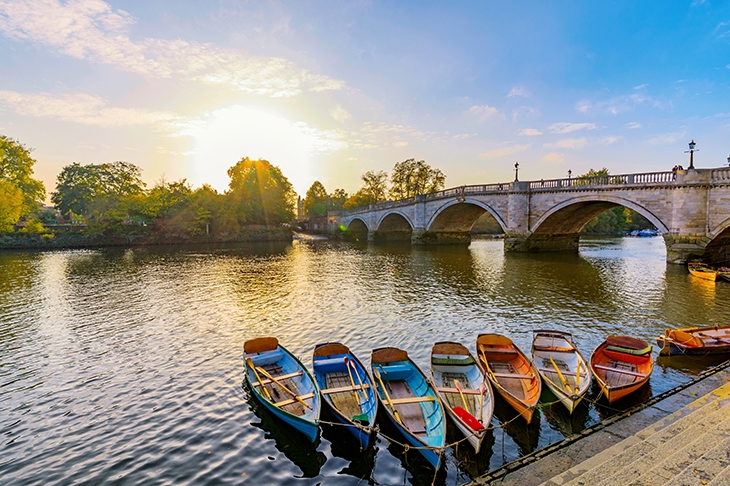Foolish me. I could have been writing this by the shore of Lake Trasimene, with only one problem: how to transmit it to London. Last time I stayed in the delightful house there, the technology was still in the era of Hannibal’s victory. There was no wifi, only spasmodic mobile-phone reception, and the nearest English newspapers were 50 miles away. ‘Where ignorance is bliss…’
Instead, I stayed in London to work out what was happening. As I say, folly. After two fruitless weeks, I have not even identified the questions, let alone the answers.
There have been compensations: one great Test match, and very likely more to follow. Steve Smith — the Australians are fortunate that his extraordinary stance was not coached out of him. I wonder how many batsmen have ever enjoyed such remarkable hand-eye coordination, or so limited a sense of shame. He brushed aside embarrassment and soared to glory, which was just what one should expect from a paladin of the penal colony.
As everything runs down in August (except in Downing Street), there is a further consolation for those of us who have failed to escape London: the clubs which stay open welcome visitors. The Caledonian, off Belgrave Square, is in friendly rivalry with the Boisdale restaurant, a few blocks south. Both could claim to be the Scottish embassy in Belgravia. Each has a superb selection of malt whiskies. Which is the finer? That adjudication would require the life span of Methuselah and, even with the help of several new livers, shorten it.
There are also Scottish culinary delicacies. In either of their dining rooms, one can eat haggis as an hors d’oeuvre, a main course or a savoury. If any Sassenachs should query my use of the word ‘delicacy’, it is obviously too good for them.
It is not easy to work out what to drink with haggis, for it is not designed to be wine-compatible. One is usually offered ‘gravy’, i.e. whisky. A tot of malt does work well, but on the side, not poured over. That impairs both flavours. A Shiraz would do, and perhaps even a Zinfandel, though I remain sceptical of its qualities. The last time I ate haggis, in the Caledonian, we tried a couple of bottles from another robust and martial culture: Meerlust, grown by an old Cape Dutch family, the Myburghs.
There was a Cape novelist, now unfashionable, called Pauline Smith. Her chef d’oeuvre, The Beadle, depicted a prelapsarian existence amid the valleys of the Cape, before unending trouble came from the north. Although the Myburgh wines evoke memories of that era, Nico Myburgh called his best-known one ‘Rubicon’. A blend of Cabernet Sauvignon, Merlot and Cabernet Franc, first made in 1980, it is an interesting and sophisticated Bordeaux, transposed to the Southern hemisphere.
But the political reference was deliberate. Nico knew that South Africa would have to cross its Rubicon, for good or ill. I first came across Rubicon at Robin Renwick’s dining table when he was ambassador to South Africa and one of the most influential British diplomats in recent decades. It was an appropriate wine for him to serve, because he was encouraging — and pressing — the Botha government towards the Rubicon.
The Caledonian was offering a 2012, which is just about ready but will keep for years. We also tried a Meerlust staple wine from 2014: well-made, with fruit, structure and finish. Like its big brother, it was well able to stand up to the haggis. We finished with a cask-strength Ardbeg Uigeadail, a dram which could stand up to anything. Ardbeg postdates Rabbie Burns; otherwise he might have been its bard, and died even younger.






Comments